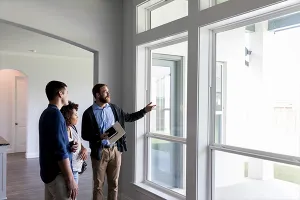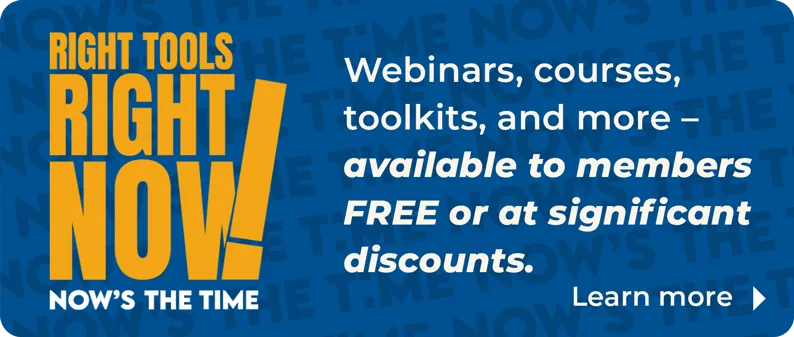Each year about 5 million Americans move across state lines. Often, the drivers of these moves are major life changes such as marriage, having kids, starting a new job, retiring, or exploring new educational opportunities. These types of relocation are even more stressful than the typical move, because they’re often done on tight deadlines and with little research, especially the job-related ones.
That is made all the more difficult by the fact that many Americans have very little first-hand knowledge about much of our nation. A recent study by Livability.com and Ipsos Public Affairs looked at the average number of states Americans have visited and found that the typical adult has only traveled to 12 states. The study — which asked more than 2,000 adults about where they have lived, where they have visited, and where they would like to visit — breaks out the resulting data by various demographics as well as political affiliation with fascinating results that tell the story of our changing nation.
One interesting finding is that Americans today have seen less of the nation than previous generations. There are a number of trends that have contributed to this, including the rise in air travel, which has increased about 75 percent since 1988. This has led to fewer people being able to check off what were previously great road-trip states like those along Route 66. Between 1990 and 2009, “personal miles traveled” by car declined 12 percent, according to the National Household Travel Surveypdf.
Americans’ concept of travel may be changing too; an article in the International Business Times put forth the notion that we’re a culture that prefers “purpose-built vacations that [are] more about destination and less about journey.” Couple that with a ongoing rise in service-related jobs (which are less likely to require an interstate move) and you get fewer long-distance movers and fewer Americans who are well acquainted with their nation as vacationers.
This also means that the movers you do have coming in from far away are less likely to have any first-hand knowledge about their new home town. So what does that mean for real estate professionals? You’re going to be more important than ever due to these five elements.
1. The freak-out factor
It’s one thing to move across town. It’s another beast entirely to pack up the moving van for an interstate haul. These are stressful events, but hopefully exciting, too.
Thing is, they’re made more stressful by the unknown. And because no single state has been visited by a majority of Americans according to the Livability.com/Ipsos Public Affairs survey, that means more stress for those moving to places they know little about. Florida comes closest at 48 percent of adults saying they’ve visited for business or leisure. On top of that, only three states have been “seen” (in other words, lived in or visited) by the majority of Americans: Florida, California, and New York. Therefore, expect clients moving to states other than those three to be a little more freaked out than normal.
2. Excitement gap
Relocation clients might be excited about a new job. But if their new home state is one they haven’t even bothered visiting, how interested do you think they are in actually living there? Many of the states showing high rates of interstate moves (such as North Carolina and Texas) also show single-digit interest among potential visitors. Make sure you understand how likely it is that the average American has visited your state so you can be ready to help close this gap.
3. Opportunities for a shifting role
If you’re working in a market that people are less familiar with, you have the opportunity to differentiate yourself with service and education. Just as much as you’re a buyer’s agent, you’re also a local tour guide and cheerleader. Help clients feel like they’ve made a great decision and everything will be OK. Yes, it’ll take more hand-holding, but these movers will appreciate it.
4. Help those who are helping your state
In a study published in American Demographics in 1988, Alaska was the only state with fewer than 22 percent of Americans reporting having lived in it or visited. Nearly 30 years later, 40 percent of states fall below that threshold. As you know, the strength of the real estate market is linked to the strength of the local economy, which is in many ways tied to the strength of its economic development (talent attraction) and tourism industries. This study shows that there are some markets that will have a tough time with both of those efforts without a solid, continued marketing effort. Talk to your local chamber of commerce or convention and visitor’s bureau to see how you can help efforts to positively position the community as a whole.
5. Some of the freak-out factor is a good kind of freak-out
A separate study from Livability/Ipsos Public Affairs asked about what would motivate people to undertake an interstate move. Nearly half said “An income increase of at least 20 percent relative to cost of living changes.” That’s twice as many as another sample that were asked if a 10 percent raise would do the trick. So the people who are coming in might well be feeling financially confident and ready to upgrade their home and lifestyle.









